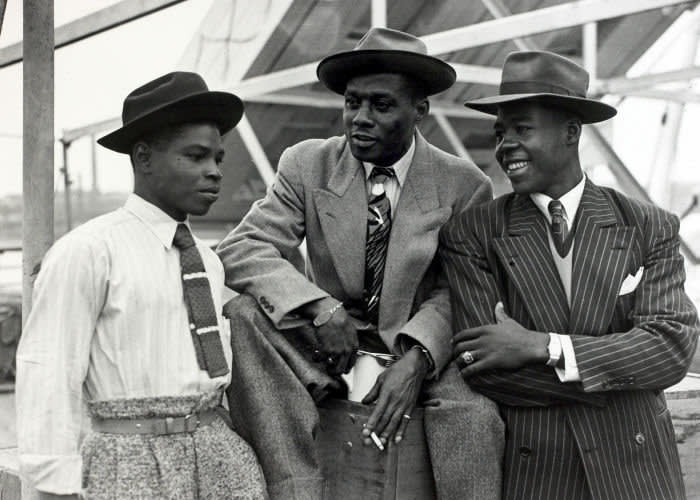Systematic review of high-cost patients’ characteristics and healthcare utilisation
The size of the healthcare costs at the end of life is properly reflected in this article (forget exaggerations):
We estimated that in 2011, among those with the highest costs, only 11% were in their last year of life, and approximately 13% of the $1.6 trillion spent on personal healthcare costs in the United States was devoted to care of individuals in their last year of life.
Longitudinal analyses of spending show that the population with the highest annual health care costs can be divided into 3 broad illness trajectories:Understanding individual costs is a required step for the analysis and improvement of healthcare delivery. Unfortunately it is a marginal practice. For a systematic review, check this article.
- individuals who have high health care costs because it is their last year of life (population at the end of life),
- individuals who experience a significant health event during a given year but who return to stable health (population with a discrete high-cost event and,
- individuals who persistently generate high annual health care costs owing to chronic conditions, functional limitations, or other conditions but who are not in their last year of life and live for several years generating high health care expenses (population with persistent high costs).

‘Windrush: A Celebration’, Barbican,
London, November 17, barbican.org .uk